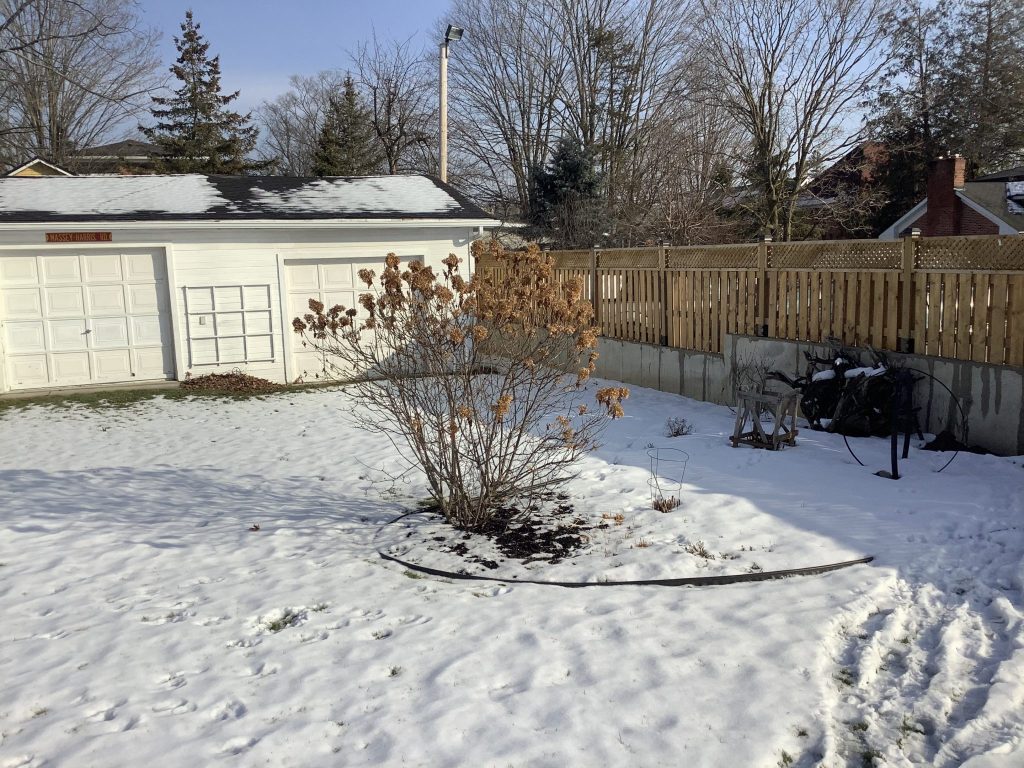
I have a limelight hydrangea about five feet tall and nicely shaped. I would like to prune it this year. I am in the Kingston On area, I go south on Jan. 1 and return Apr 1 . Should I prune now or wait until the first week in April. Your advice much appreciated, thank you.
Because there are several different types of Hydrangea, all with differing pruning requirements, it is useful to know a little about your very nice specimen, which is a panicle Hydrangea.
Hydrangea paniculata “Limelight” blooms on last year’s wood (i.e., “new wood”, as opposed to older stems, or “old wood”) so you may not want to cut it back drastically. If you wish to prune for size and shape, experts recommend doing this in winter or early spring. In your zone, it should be safe to wait for your return in early April.
Pruning of panicle Hydrangeas need not be done every year. In fact, if they are as beautifully shaped as yours, you needn’t prune at all this year, except to remove any dead branches, as well as any criss-crossing branches that may detract from its form. You would cut these off at ground level. Any lateral or sideways-growing branches can also be removed, as can those that may be growing in towards the centre of the shrub rather than outwards. This can be done best in early spring when you can clearly see the structure of the plant. At any time you can tidy your plant by clipping off any dead flower heads that remain.
Although some experts say that you can cut back your panicle Hydrangea to between six inches and three feet in height, this kind of regular, more severe pruning results in top heavy growth, i.e., new stems that are unable to increase in size and strength, and often require staking to hold up the heavy blooms that they produce. You may see this done with the popular Hydrangea arborescens Annabelle, but it is not necessary for H. paniculata. Your “Limelight” looks lovely where it is, and it has enough space to grow into its graceful mature form. As it matures, you should consider removing about one-third of its oldest growth every year or two by cutting these older stems back to the ground. This practice will contribute to the overall health and shapeliness of the plant.

